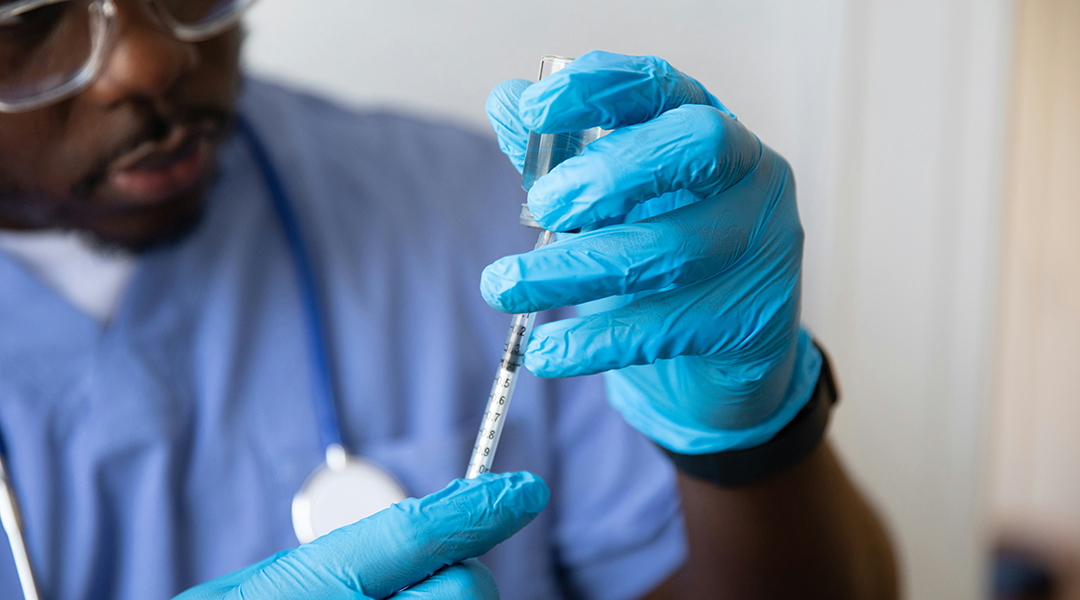Scientists have developed a CRISPR-based diagnostic that detects pathogens in blood with million-fold greater sensitivity—without the need for DNA amplification.


Scientists have developed a CRISPR-based diagnostic that detects pathogens in blood with million-fold greater sensitivity—without the need for DNA amplification.

Microplastics facilitate a “super slime” that is resistant to antibiotics, sparking concern about antibiotic resistance in heavily polluted areas.

Chemicals found in fire extinguishers have been linked to mutations in brain tumors of firefighters.

A nanoparticle targets mitochondria in cancer cells, offering a promising new strategy to tackle chemotherapy resistance tumor spread.

Scavenging harmful reactive oxygen species, this new biomaterial reduces inflammation and promotes nerve regeneration in spinal cord injury.

Maternal exercise during pregnancy enables multiple generations of mice to inherit enhanced fitness, with vitamin C playing a key role.

A new link between what cells feed on and their gene activity could have huge implications in cancer research and beyond.

Scientists find unique combinations of oral microbes can help identify states of stress in pregnant individuals.

Forensic science may soon harness these blood-sucking pests, analyzing the blood they feed on to link suspects to crime scenes.

Researchers use enzymes to link antigens and adjuvants, creating safer and more effective vaccines by lowering the required adjuvant dosage.